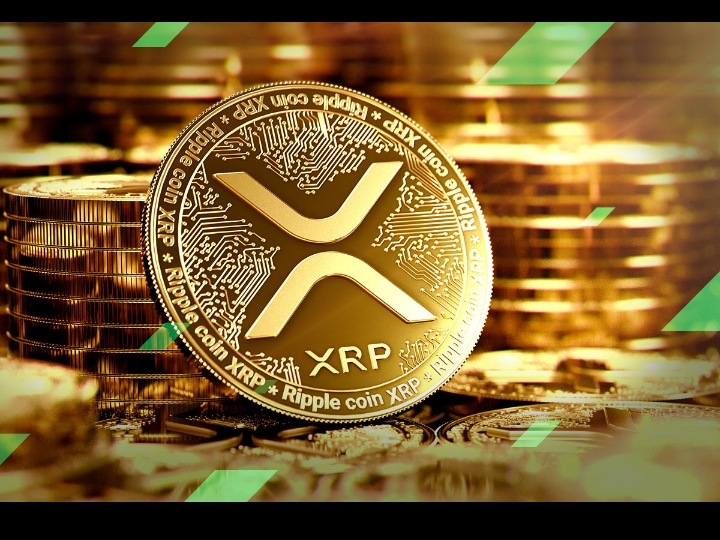What do you know about the digital currency XRP
The **XRP** currency is a digital currency launched by **Ripple Labs** in 2012 with the goal of improving and accelerating international financial transfers and reducing costs compared to traditional systems[1][2]. XRP operates on a private blockchain known as the **XRP Ledger**, which uses a unique consensus algorithm called Ripple Protocol Consensus, allowing transactions to be executed in 3-5 seconds without the need for traditional mining used in Bitcoin or Ethereum[3][4].
### Features of XRP:
- Low-cost instant transactions.
- High liquidity and acceptance by major financial institutions and banks.
- Enabling seamless international financial transfers via the RippleNet network.
- The supply is capped at 100 billion units, reducing inflation risks[1][3][5].
### Important Points:
- **XRP is not the same as Ripple**, while Ripple is the developing company, XRP is the digital currency associated with its network[2][3].
- XRP does not rely on mining but on independent validators to verify transactions.
- Primarily used as a bridge currency for settling payments between different currencies quickly and at low cost[4][5].
### Challenges:
- Ripple faces legal issues with some regulatory bodies, but it has received a ruling that XRP is not a security in public trading in the United States[2].
- XRP suffers from lower decentralization compared to other currencies like Bitcoin, due to Ripple Labs' control over a large portion of the network supply.
- It has experienced significant price volatility, posing risks for investors[1][3].
Overall, **XRP is a digital currency primarily aimed at accelerating cross-border financial transfers by providing a faster and cheaper technical alternative to traditional banking systems**, with support from major companies in the financial sector[1][2][4].
